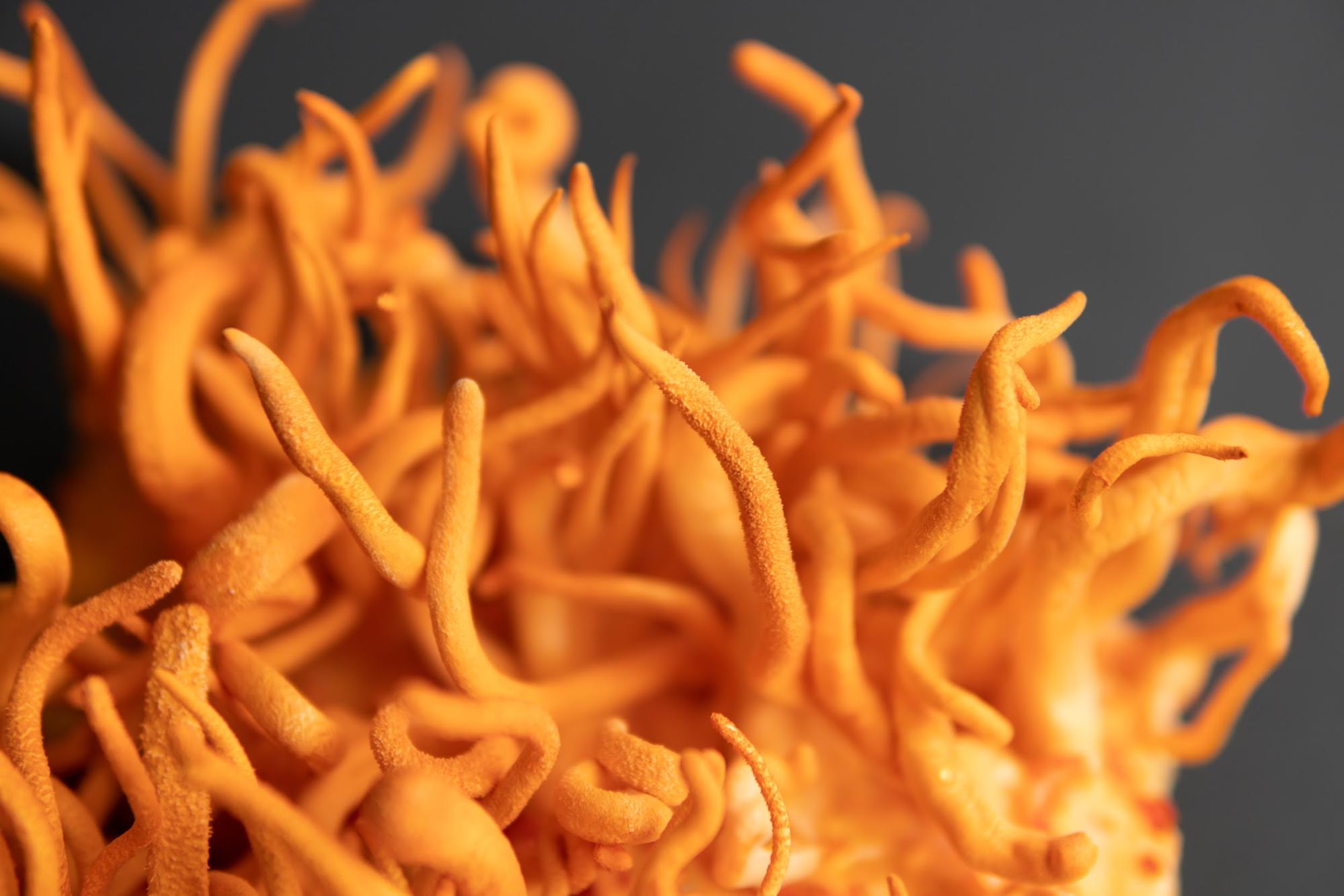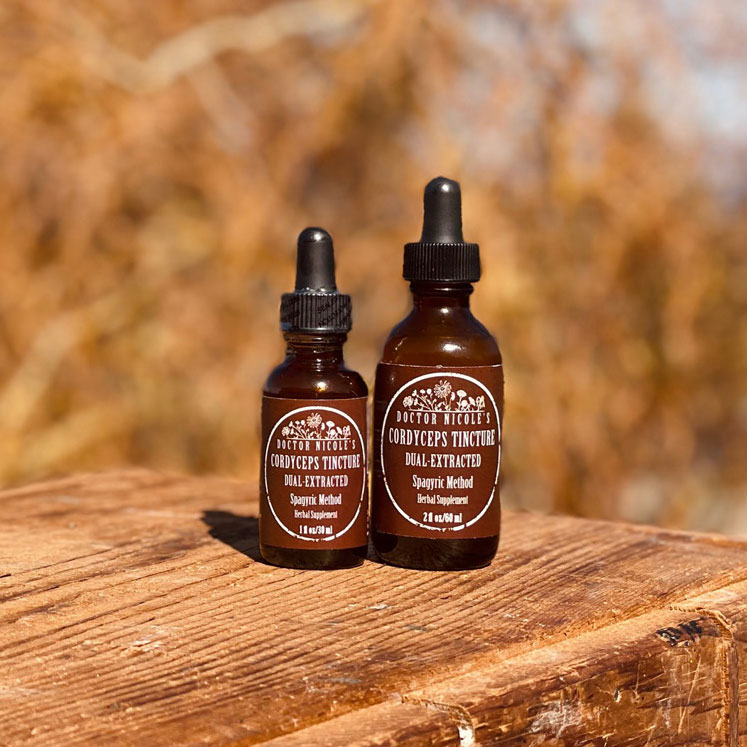The Science-Backed Walking Workout Taking Over TikTok
You may have heard about a new fitness trend that’s been creating a buzz across social media channels: ‘Japanese walking’. It’s ideal for those who want a low-impact fitness method with similar health gains of high-intensity interval training (HIIT), but without the stress on joints and knees. Known as interval walking training (IWT), this accessible form of exercise was created for those of any fitness level or ability. What you may find surprising is that compared to regular walking, this form exhibited greater improvements in blood pressure, blood glucose levels, body mass index, and more. Not bad for a simple exercise hack that anyone can do. It’s the perfect solution for those who are short on time, but would like to reap the benefits of an effective exercise routine. Keep reading to learn more about this science-backed fitness method and how to get started.
What is ‘Japanese walking’?
Developed by a team of Japanese researchers to improve cardiovascular health in older adults, IWT alternates fast walking with a slower, meditative pace in 3-minute intervals. Unlike high-intensity interval training (HIIT), this method is easy on the joints and minimizes the risk of injury. It’s also accessible to all ages and ability levels.
If you are unfamiliar with HIIT, this exercise routine alternates periods of low-intensity exercise (or resting) with high-intensity bursts for a set number of sets. This post is an excellent introduction to the method. One of the advantages of HIIT is that you can gain the same fitness benefits as a longer, evenly paced workout in much less time — typically in ten minutes or so. However, it can put you at an increased risk of training-related injuries during the high-intensity cycles. It also isn’t as accessible to those who may just be starting out with exercise, older adults, and those with knee, shoulder, or joint issues.1

A good alternative is interval walking training (IWT). Research published in Mayo Clinic Proceedings found this method improved several significant health parameters in the participants.2
For the study, 60 men and 186 women with a mean standard age of 63 +/- 6 years were randomly divided into 3 groups: no walking training, moderate-intensity continuous walking training, and high-intensity walking training (IWT). Those in the moderate-intensity continuous walking training group were instructed to walk at around 50% of their peak aerobic capacity with 8000 steps or more per day for 4 or more days a week. Those in the high-intensity interval walking training group were told to repeat 5 or more sets of 3-minute low-intensity walking at 40% of peak aerobic capacity, followed by 3 minutes of high-intensity walking at 70% peak aerobic capacity for 4 or more days a week. Isometric knee extension and flexion forces, blood pressure, and aerobic capacity were measured for each participant both before and after training.
The team found that IWT helped to significantly increase muscle strength, improve knee flexibility, improve aerobic capacity, reduced body mass index, and lowered both blood sugar levels and blood pressure compared to those in the standard walking group and no walking training group. Importantly, IWT is an exercise method that is easy to stick with — no gym or long, strenuous sessions required.
A recent 2024 review of IWT had similar findings and concluded that “IWT more greatly improves physical fitness and muscle strength compared to CWT [standard walking training]. Moreover, IWT improves risk factors for lifestyle-related diseases, both in shorter and in longer term interventions.”3 Additionally, IWT was found to improve body composition, insulin sensitivity, and glycemic control — an important consideration for those who would like to minimize the risk of metabolic disease or help to manage it.
Cordyceps for Enhanced Athletic Performance, Blood Sugar Support, Healthy Aging, & More
Along with interval walking training, cordyceps can also help to support your health goals. This medicinal mushroom has long been used to improve athletic performance by increasing maximum oxygen intake (VO2 max) and boost exercise tolerance over time.5 It is also known to lessen exercise-related fatigue. Moreover, cordyceps has been shown to mimic the activity of insulin, boost insulin sensitivity, lower blood glucose levels, and possess strong hypoglycemic, anticholesterolemic, and anti-hypertriglyceridemic actions. 6,7,8 Not only does cordyceps help to boost athletic performance and manage blood glucose levels, it also lowers “bad” LDL cholesterol to prevent plaque build up in the arteries, which helps to reduce the risk of heart attack and stroke.
THIS PRODUCT IS AMAZING!
“It has stopped my arthritis pain in my hip and knee. My friend uses it and her neuropathy in both feet has been reversed after 25 years!!! No more numbness in both feet…the sensation has returned. Fantastic product.” -Rita
Backed by science and trusted by master herbalists, cordyceps has a long history of supporting energy, endurance, and overall vitality. Our dual-extracted, fruiting body cordyceps tincture delivers maximum potency and bioavailability — it’s the gold standard of medicinal mushroom extracts.
Visit the apothecary today and experience the difference for yourself!
Nicole Apelian
Nicole’s Apothecary Products in this Post
References
- Shim, S. S., Confino, J. E., & Vance, D. D. (2023). Common Orthopaedic Injuries in CrossFit Athletes. The Journal of the American Academy of Orthopaedic Surgeons, 31(11), 557–564. https://doi.org/10.5435/JAAOS-D-22-01219
- Effects of High-Intensity Interval Walking Training on Physical Fitness and Blood Pressure in Middle-Aged and Older People, Nemoto, Ken-ichi et al. Mayo Clinic Proceedings, Volume 82, Issue 7, 803 – 811. https://www.mayoclinicproceedings.org/article/S0025-6196(11)61303-7/abstract
- Karstoft, K., Thorsen, I.k, Nielsen, J.s, Solomon, T. P. J., Masuki, S., Nose, H., & Ried-Larsen, M. (2024). Health benefits of interval walking training. Applied physiology, nutrition, and metabolism = Physiologie appliquee, nutrition et metabolisme, 49(7), 1002–1007. https://cdnsciencepub.com/doi/10.1139/apnm-2023-0595
- Ashraf SA, Elkhalifa AEO, Siddiqui AJ, et al. Cordycepin for health and wellbeing: A potent bioactive metabolite of an entomopathogenic cordyceps medicinal fungus and its nutraceutical and therapeutic potential. Molecules. 2020;25(12):2735. doi:10.3390/molecules25122735
- Hirsch KR, Smith-ryan AE, Roelofs EJ, et al. Cordyceps militaris improves tolerance to high-intensity exercise after acute and chronic supplementation. J Diet Suppl. 2017;14(1):42-53. doi:10.1080/19390211.2016.1203386
- Yu, Sung-Hsun et al. “Hypoglycemic Activity through a Novel Combination of Fruiting Body and Mycelia of Cordyceps militaris in High-Fat Diet-Induced Type 2 Diabetes Mellitus Mice.” Journal of diabetes research vol. 2015 (2015): 723190. doi:10.1155/2015/723190
- Guo, P., Kai, Q., Gao, J., Lian, Z. Q., Wu, C. M., Wu, C. A., & Zhu, H. B. (2010). Cordycepin prevents hyperlipidemia in hamsters fed a high-fat diet via activation of AMP-activated protein kinase. Journal of pharmacological sciences, 113(4), 395–403. https://doi.org/10.1254/jphs.10041fp
- Yu, Sung-Hsun et al. “Hypoglycemic Activity through a Novel Combination of Fruiting Body and Mycelia of Cordyceps militaris in High-Fat Diet-Induced Type 2 Diabetes Mellitus Mice.” Journal of diabetes research vol. 2015 (2015): 723190. doi:10.1155/2015/723190







